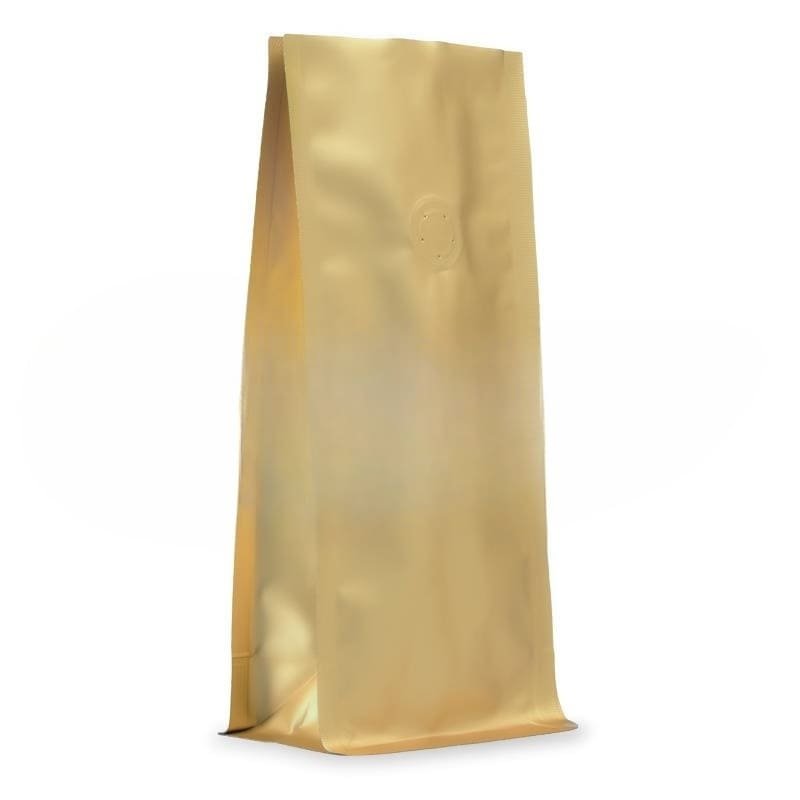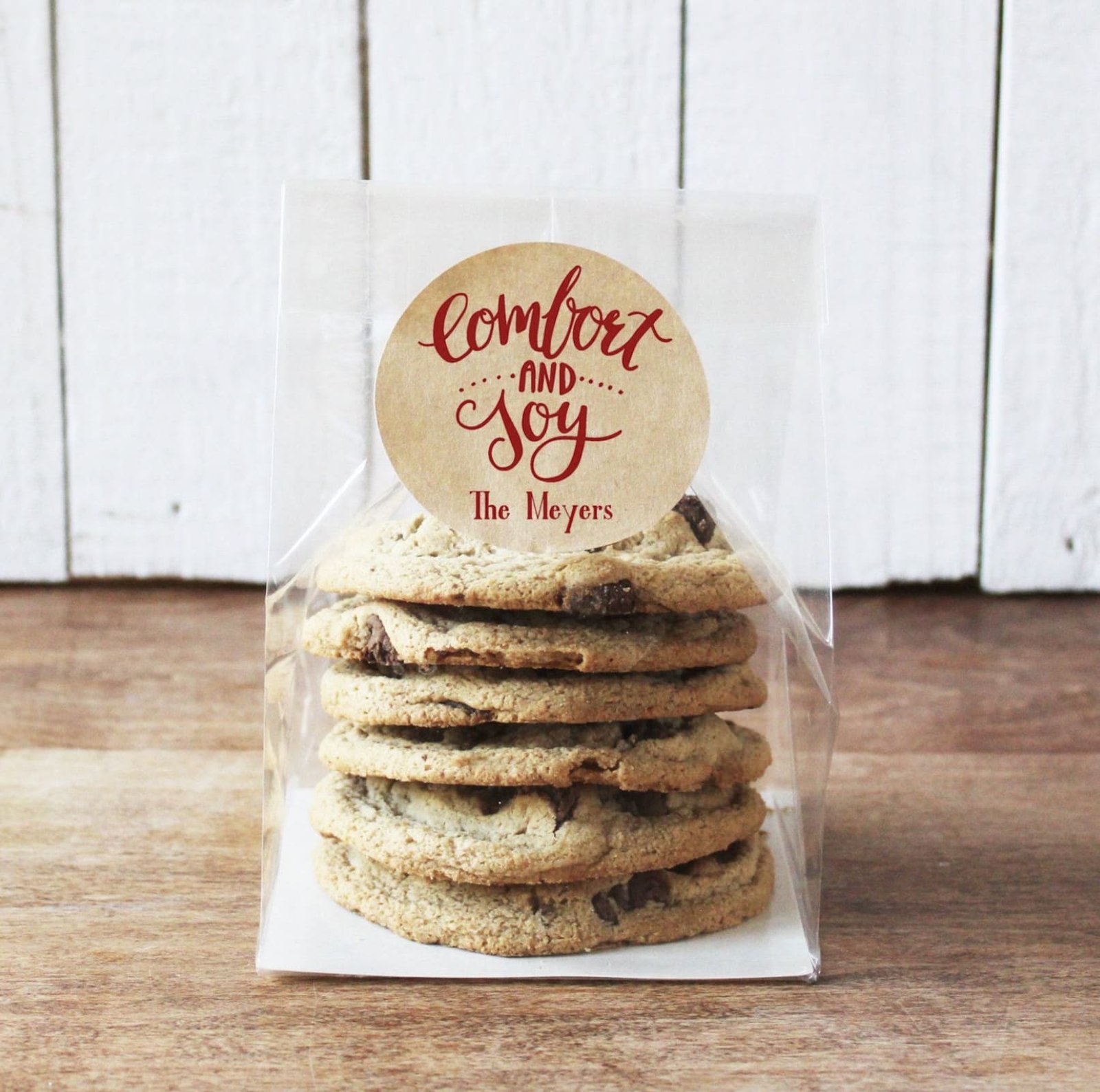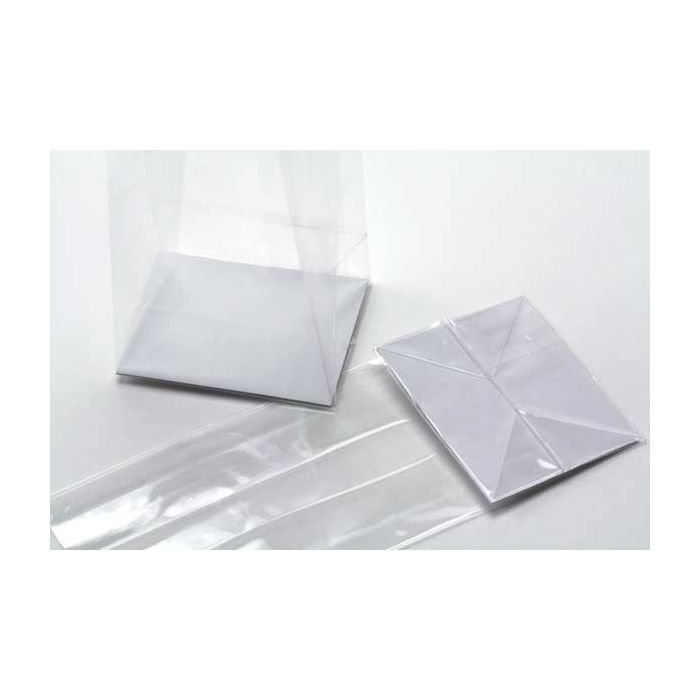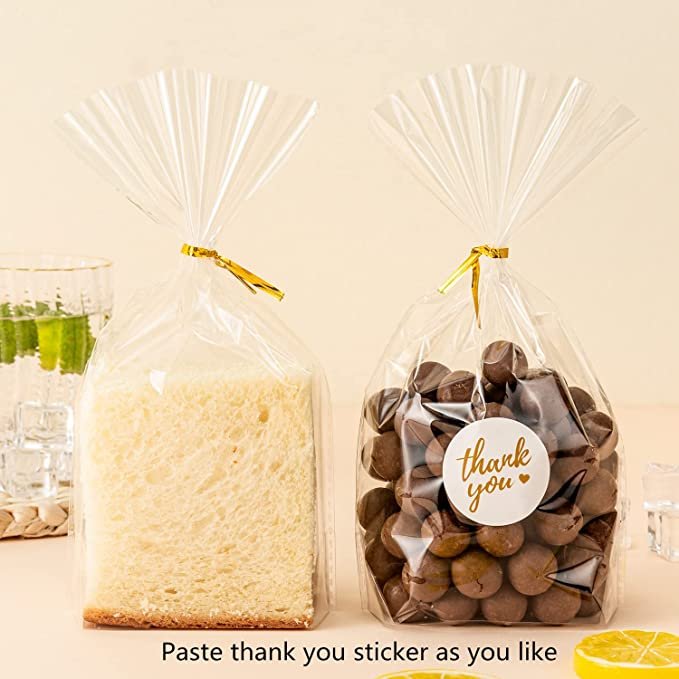Trying to be eco-friendly with PLA bags? This great intention can backfire if the bag degrades on the shelf, spoiling your product and wasting your investment. Let's look at the reality.
A kraft paper/PLA bag generally has a functional shelf life of only 6-12 months. This is because the inner PLA layer is designed to biodegrade and will start to lose its strength and barrier properties, especially when exposed to heat and humidity.
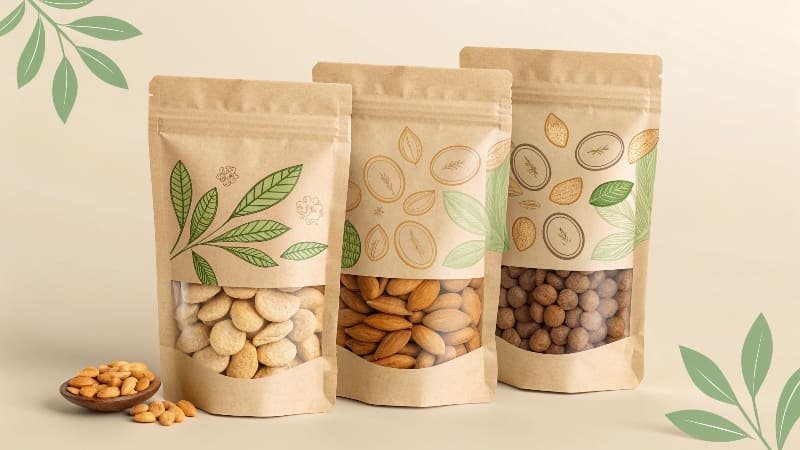
I see a big push from brands wanting to use materials like PLA. I admire the goal of protecting our environment. But as a packaging professional, my job is to give you the practical truth. PLA is not a simple replacement for traditional plastic. It has its own set of rules, and its limited lifespan is the most important one. My own factory experimented with PLA early on, and we learned some expensive lessons about how quickly it can become useless if not stored perfectly. To really understand the shelf life of the combined bag, you first need to understand the lifespan of each material on its own.
What is the shelf life of kraft paper?
Thinking paper lasts forever? If stored incorrectly, kraft paper absorbs moisture, becoming weak and useless for protecting your product. This can compromise your entire packaging strategy and lead to losses.
Under ideal conditions—cool, dry, and away from direct sunlight—kraft paper is very stable and can last for many years. However, its functional shelf life is determined by its environment. High humidity is its main enemy, causing it to lose its stiffness and strength.
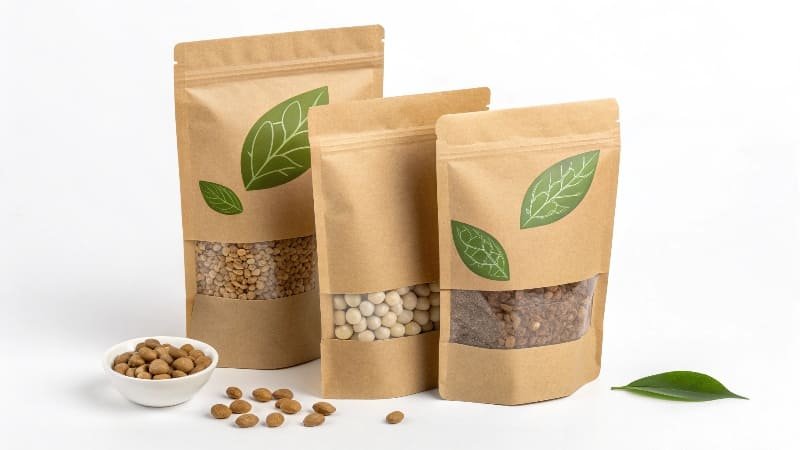
When I started in a paper box factory, the warehouse manager was obsessed with humidity. I didn't understand why until I saw an entire pallet of paperboard that had been left near a leaky wall. It looked okay from a distance, but when we tried to use it, it was soft, like cardboard left in the rain. It wouldn't hold a shape and was completely worthless. This taught me a valuable lesson: kraft paper itself doesn't "expire," but its physical properties can be ruined easily. When it's part of a laminated bag, its job is to provide structure and a printable surface. If that paper layer gets damp, the whole bag can feel flimsy and cheap, even if the inner layer is fine. As a buyer, you must ensure your supplier stores the raw materials correctly.
Factors Affecting Kraft Paper's Lifespan
| Factor | Ideal Condition | Negative Impact of Poor Conditions |
|---|---|---|
| Humidity | 40-50% Relative Humidity | Paper absorbs moisture, becomes weak, loses rigidity, can grow mold. |
| Temperature | Stable room temperature (18-24°C / 65-75°F) | High heat can make the paper dry and brittle over time. |
| Sunlight (UV) | Stored in a dark place or indoors | UV light causes discoloration (yellowing) and weakens the fibers. |
What is the shelf life of PLA material?
Betting on PLA as your sustainable hero? Its surprisingly short and unstable shelf life can cause packaging failure and wasted inventory before your product even ships if you are not careful.
PLA (Polylactic Acid) has a very limited shelf life, typically 6 to 12 months under ideal, climate-controlled conditions. Exposure to heat over 35°C (95°F) and humidity above 50% will rapidly accelerate its degradation, making it brittle and useless.
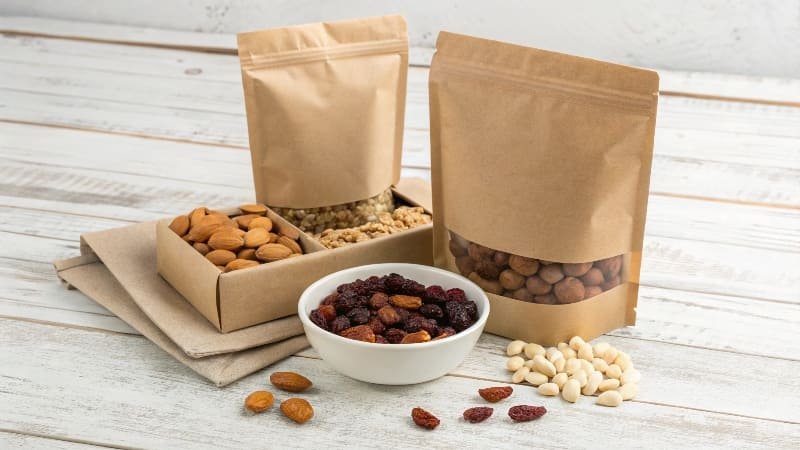
PLA is a bioplastic, usually made from corn starch. Its main feature is that it's designed to break down. This process, called hydrolysis, starts the moment the material is made. Water molecules in the air slowly begin to break the polymer chains apart. We had a client who was very excited about PLA. They ordered a full year's supply of PLA-lined bags to save on costs. They stored them in a standard, non-air-conditioned warehouse. After about eight months, they started calling us. Their staff reported that the bags were cracking as they tried to fill them. The PLA had become too brittle. They had to throw away thousands of bags. This is the hard reality of PLA. You cannot treat it like standard plastic. You must manage your inventory on a "first-in, first-out" basis and buy it in smaller quantities.
What is the shelf life of a paper bag?
Thinking a simple paper bag is a durable choice? Without any protective lining, a standard paper bag offers almost no protection from the environment, giving your product a very short shelf life.
A basic, unlined paper bag has no inherent shelf life for protecting a product. It's a simple carrier that offers no barrier to moisture or oxygen. The shelf life of the product inside will be very short, often just days or weeks, unless the product is already sealed.
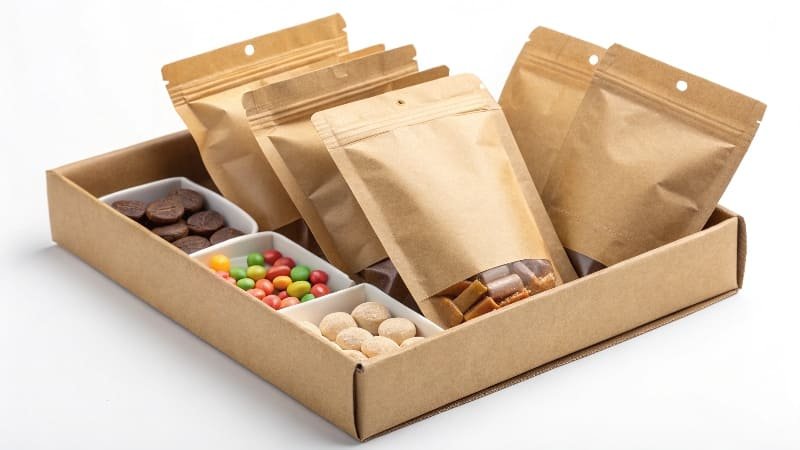
A simple paper bag, like the kind you get at a bakery, is meant for immediate use. Its job is to get the bread from the store to your home. It's not designed for storage. Paper breathes, which means air and moisture from the outside can get in easily, and aromas from the inside can get out. That's why bread in a paper bag goes stale in a day or two. When we talk about packaging for a product that will sit on a retail shelf, a simple paper bag is almost never the right choice on its own. It provides no barrier. This is why we laminate paper with other materials, like PLA or traditional plastics. The paper provides the look and feel, but the inner plastic layer provides the actual protection.
What is the shelf life of poly bags?
Assuming all plastic bags are the same? Standard poly bags are stable but offer minimal protection, while high-barrier bags can protect for years. Choosing the wrong one is a common and costly error.
A standard polyethylene (PE) or polypropylene (PP) poly bag is extremely stable and can last for decades without degrading. However, it offers a poor oxygen barrier, so the shelf life of the product inside might only be a few months. High-barrier multi-layer bags can extend this to years.
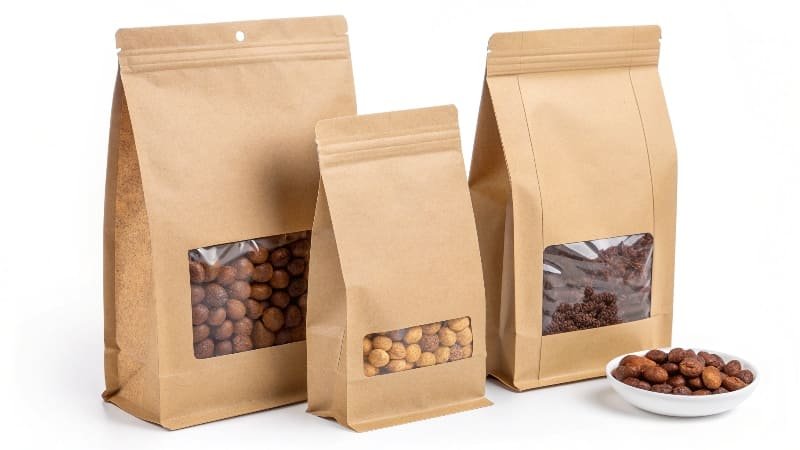
This is the key difference between PLA and traditional plastics. A PE bag doesn't just naturally fall apart while sitting in a warehouse. It's chemically very stable. However, "stable" doesn't mean "high-performance." Think of a simple PE bag like a raincoat. It stops liquid water, but it doesn't stop air (oxygen) or water vapor very well. For a product like potato chips, this is a disaster. Oxygen will make the oils go rancid and the chips will lose their crunch. That's why chip bags are made of complex, multi-layer films that include a metalized layer to block both oxygen and light. A Kraft/PLA bag, from a functional perspective, acts more like a simple PE bag. It provides a decent moisture barrier but a poor oxygen barrier. For a sensitive product like chocolate, I would only recommend a shelf life of about one month in a Kraft/PLA bag, unless it's refrigerated or has another protective inner wrap.
Conclusion
The shelf life of a Kraft/PLA bag is limited to 6-12 months by the PLA layer itself. For sensitive products, its poor barrier properties mean the real shelf life is even shorter.


